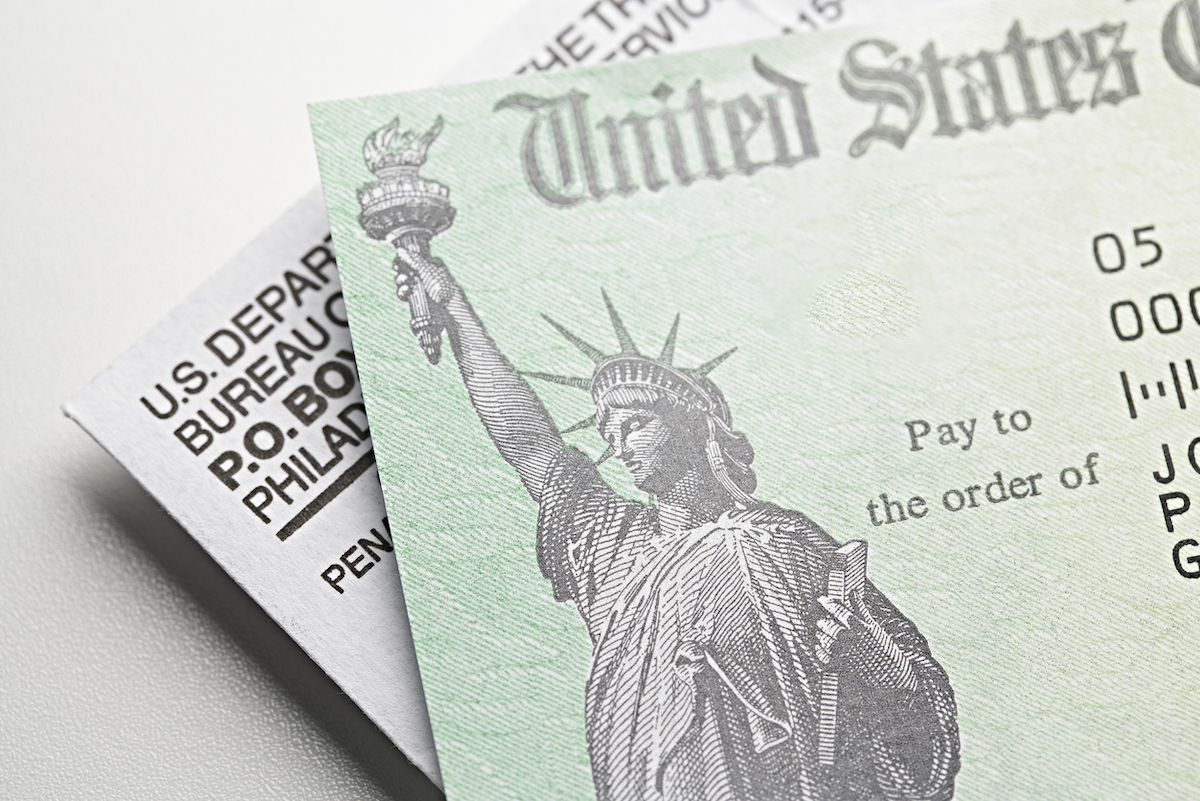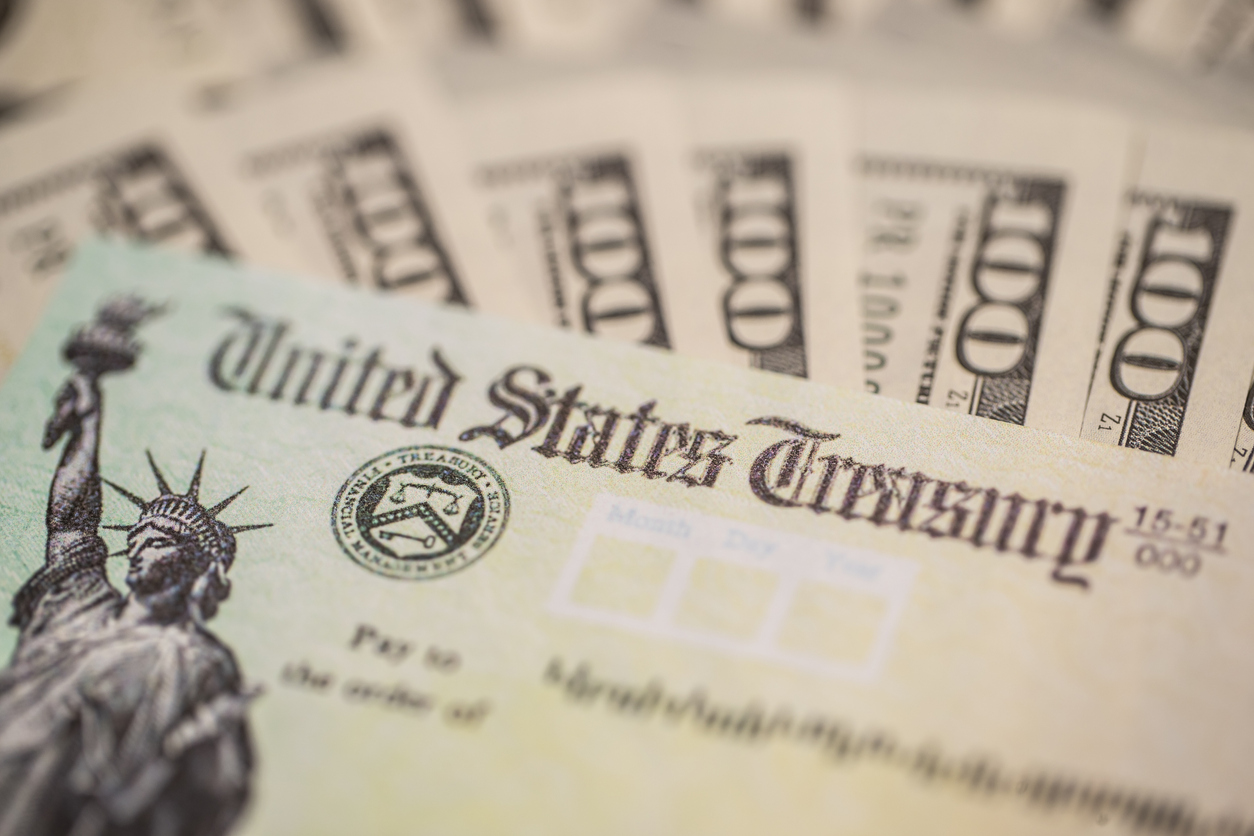In a set of tweets posted on Dec. 29, Treasury Secretary Steve Mnuchin announced that payments “may begin to arrive in some accounts by direct deposit as early as tonight,” with the IRS later confirming that such transfers would be continuing through the following week, according to CNBC. But those who’ve never set up direct deposit with the IRS to receive a tax refund will likely be waiting through the first weeks of 2021 for a paper check or debit card to arrive in their mailbox. Checks are scheduled to begin being mailed out as early as Dec. 30. If you’re not sure which form to expect, it’s most likely safe to assume that you’ll be getting the same type of payment that you received during the first round of stimulus checks in the spring. And even those with direct deposits set up may not be on the fast track: the IRS warned that some people “may see the direct deposit payments as pending or as provisional payments in their accounts before the official payment date of January 4, 2021.” “Throughout this challenging year, the IRS has worked around the clock to provide Economic Impact Payments and critical taxpayer services to the American people,” IRS Commissioner Chuck Rettig said in a statement. “We are working swiftly to distribute this second round of payments as quickly as possible.” Still have questions about your incoming stimulus payment? Read on to find out what you can expect, and for more on the current state of things, check out This Is How Bad the COVID Outbreak Is in Your State. Read the original article on Best Life. The latest round of stimulus checks are being issued for $600, which is half of the $1,200 in the first round of payments and far short of the potential $2,000 payments that Congress is currently debating. If lawmakers do eventually agree on the $2,000 checks, the IRS says that payments will be topped up as quickly as possible, CNBC reports. And for more on PPE mistakes you may be making, check out The Most Popular Mask May Also Be the Least Effective, Study Finds.ae0fcc31ae342fd3a1346ebb1f342fcb Similar to the first stimulus checks, only those earning salaries below a certain amount will be eligible. Americans who earned less than $75,000 based on their taxes filed in 2019 will qualify for the full $600 stimulus check, as well as an additional $600 per each child or claimed dependent, which is $100 more than kids received during the first round of checks. Beyond that, anyone who made over $75,000 but under $87,000 in 2019 will receive a reduced payment. Those who made more than $87,000 will not receive a stimulus payment at all. Having trouble crunching the numbers? You can calculate how much your household will get here. And for more on the pandemic, sign up for our daily newsletter. Anxious to know where your money is? If you suspect you’ll be getting your stimulus payment by mail or debit card, you can check on the status of your payment through the “Get My Payment” tool on the IRS website when it becomes active again in “a few days,” according to the agency. And for more on when you might be able to get your shot, check out If You Did This in 2020, You Can Get Your COVID Vaccine Sooner. Just because you don’t see a direct payment hit your bank account or see a check or debit card land in your mailbox doesn’t mean you’re not entitled to a stimulus payment. You can still see your cut in the new year so long as you take the right steps while preparing your 2020 taxes. “Eligible individuals who did not receive an Economic Impact Payment this year—either the first or the second payment—will be able to claim it when they file their 2020 taxes in 2021. The IRS urges taxpayers who didn’t receive a payment this year to review the eligibility criteria when they file their 2020 taxes; many people, including recent college graduates, may be eligible to claim it,” the IRS said in a statement. And for more on the future of the pandemic, check out Dr. Fauci Just Made a Scary Admission About the COVID Surge.



